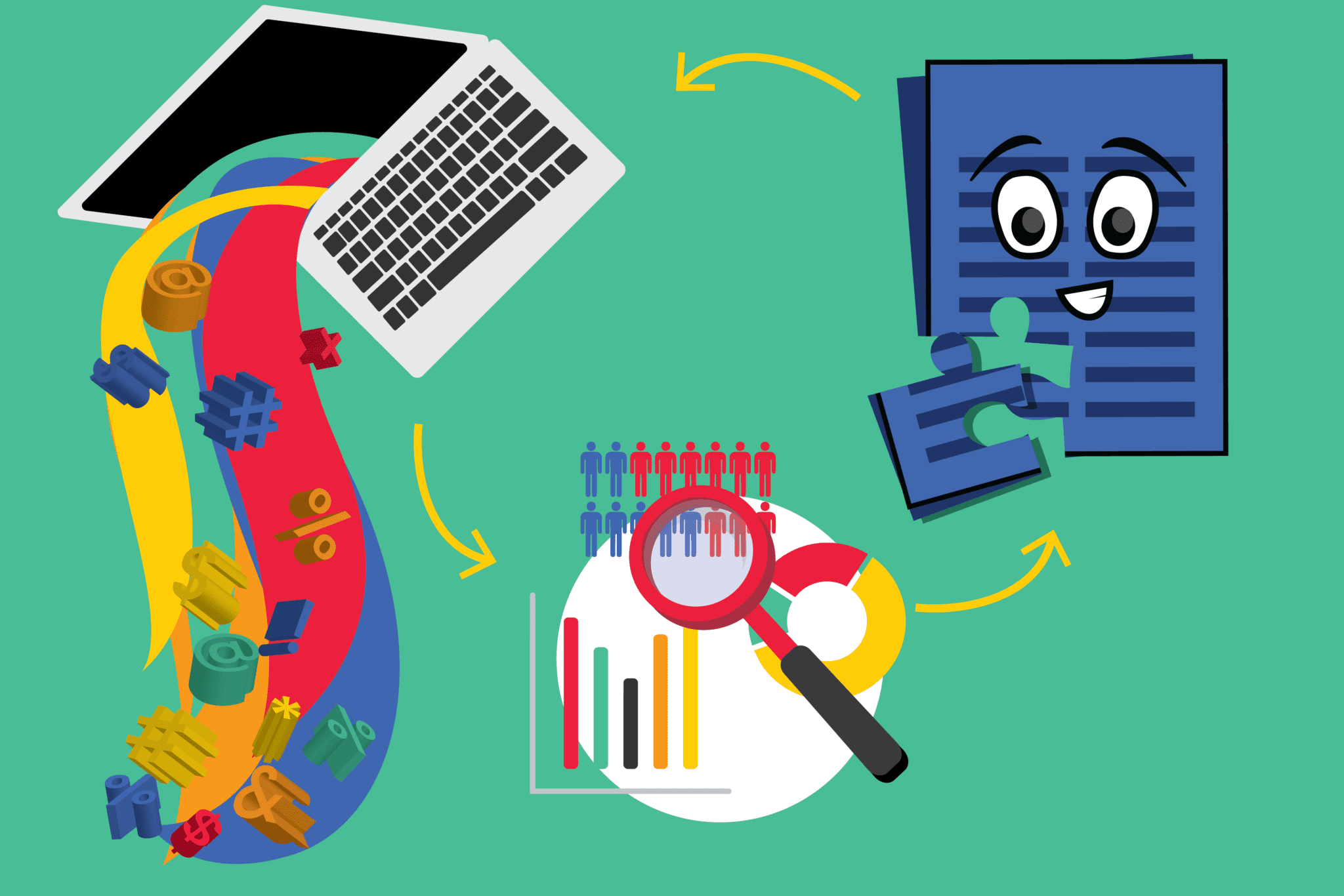If I were to ask you what analytics is, you’d likely have a different answer from others reading this article.
Dictionaries have different definitions of “analytics,” and everyone has their own.
Engineers have an answer, marketers have 10, and executives and managers have another 100. All of which are vague enough that we’re sometimes more confused than when we started. As Jeremy Kirk at InfoWorld put it, “analytics has been through the linguistic grinder1.”
The problem with having so many available definitions is that we can really only define business analytics, in essence, as business mathematics. But just like the umbrella term “mathematics” itself, there are so many topic and practice subsets that the word eventually takes on a life of its own for every single person.
“…there are so many topic and practice subsets that the word [analytics] eventually takes on a life of its own for every single person.”
Regardless of your personal definition, one thing is for sure: Everyone in business is bombarded by countless articles saying you need analytics (which you do), and even more articles telling you why — ranging from measuring website hits and email open rates to understanding your target audiences and their behaviour.
However, the biggest part that many — not all — definitions fail to properly capture, is that analytics for business is not just a process in which we collect and understand key quantitative and qualitative metrics. Truly understanding analytics goes beyond appreciating it as a method of logical analysis or examining statistics; it’s also using those numbers to guide you and your business. After all, collecting data and statistics just gives you a pile of numbers that you can interpret, but if you’re not using the results to guide your organization, then you’re not doing analytics right.
“After all, collecting data and statistics just gives you a pile of numbers that you can interpret, but if you’re not using the results to guide your organization, then you’re not doing analytics right.”
Analytics, especially in digital marketing, is using data and those “fancy numbers” to direct and finesse marketing efforts — to optimize and improve business and performance. It’s taking the lessons and conclusions drawn from the business data, the macro and micro, and using that to your advantage to optimize and strategize.
So, you’re not doing analytics right unless you’re collecting the data, analyzing it, and using the information to drive your business — or as Eric Ries put it, analytics helps you understand whether you need to “pivot or persevere2.”
Analytics is an analysis of reality, and if you’re not aligning yourself with your analytics then you’re not aligning yourself with reality.
If this approach is applied to a specific aspect of marketing, such as digital marketing, then it’s about using the statistics — visitors and sessions, cost-per-click or conversion, the click-through or conversion rate, the engagement rates on various social platforms, and so on — and then adjusting the strategy, optimizing the campaign, or even adjusting the timing of an email to reflect the realities in your market, improve results, and achieve your goals.
“Analytics is the analysis of reality, and if you’re not aligning yourself with your analytics, then you’re not aligning yourself with reality.”
Don’t be afraid of things you don’t know, analytics helps you figure them out.
Be afraid of things you do know but aren’t changing.
References:
1 https://www.infoworld.com/article/2655501/database/-analytics–buzzword-needs-careful-definition.html
2 Eric Ries, The Lean Startup



